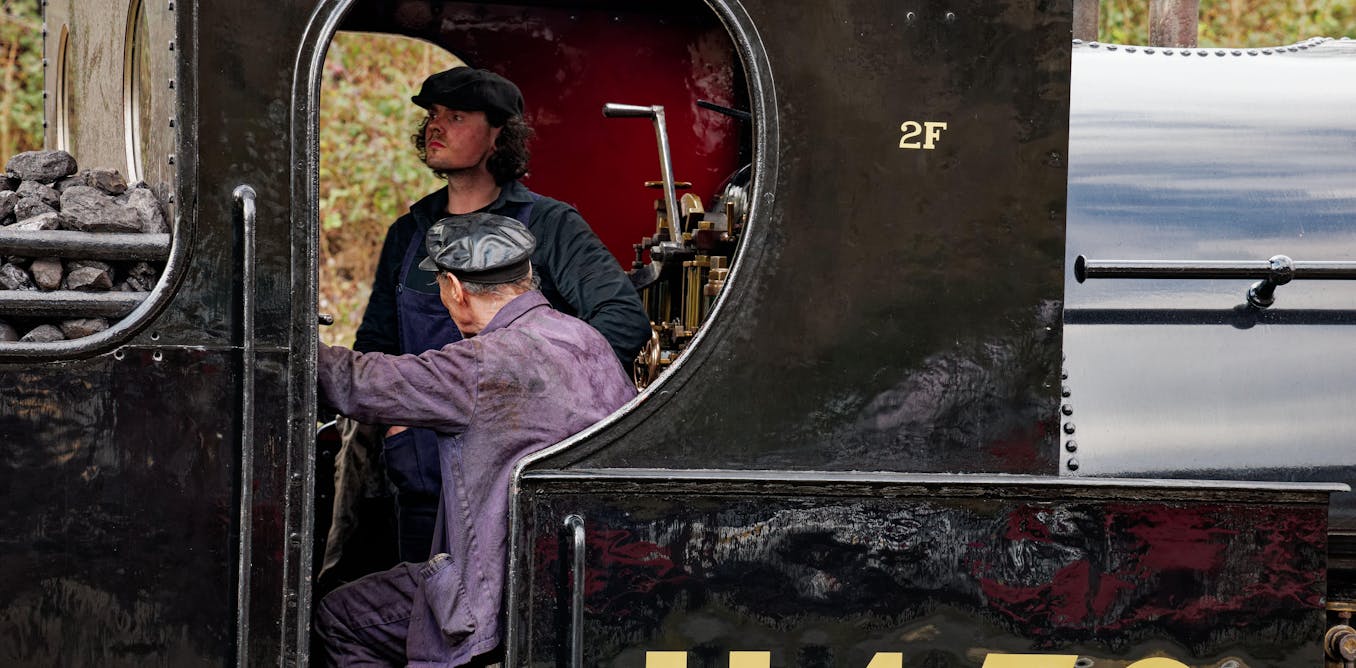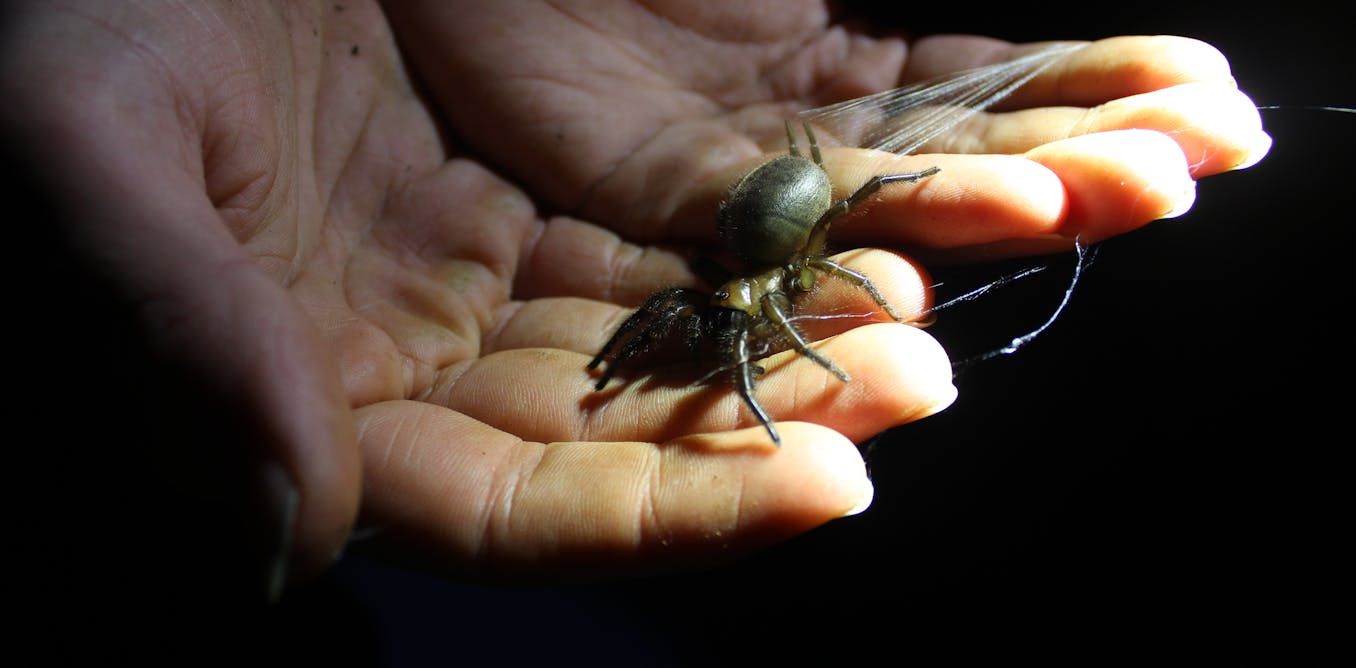When photographer Robert Mapplethorpe was diagnosed with AIDS in 1986 at 40, his immediate reaction was to destroy the work he would leave behind. After overcoming the initial shock, however, he settled on the idea of planning his estate, which led to the establishment of Robert Mapplethorpe Foundation in 1988, the year before his passing.
“Robert was smart with his board because he knew that appointing family members or life partners who can make emotional decisions is not always great to manage an artist’s legacy,”lawyer and Mapplethorpe Foundation president Michael Stout told ARTnews. Mapplethorpe instead assembled a board with professional specialties in both law (Stout is a copyright expert) and photography to shape the future and legacy of his impressive oeuvre.
Stout estimates that Mapplethorpe left behind approximately 14,000 prints, made from around 2,000 negatives, as well as a smaller number of sculptural objects and Polaroids. And in recent years, the management of the artist’s legacy has become an intricate feat: 15 galleries around the world manage the sales from the estate based on their respective geography. Gladstone Gallery, Morán Morán and Olga Korper Gallery are among the five in charge in North America; in Europe, Xavier Hufkins Gallery, Thaddaeus Ropac, Alison Jacques Gallery, and Galerie Thomas Schulte are half of the eight galleries holding representation deals; Brazil’s Galeria Fortes D’Aloia & Gabriel manages the South American demand; and the Asian market is handled by Seoul’s Kukje Gallery.

At Art Basel next week, Gladstone Gallery, Ropac, and Alison Jacques will each have a Mapplethorpe work on offer. There’s also various institutional shows each year and brand partnerships, like those with Uniqlo, Chrome Hearts, and Honey Fucking Dijon, who license Mapplethorpe’s images. In its earliest days, the foundation only licensed paper-based products, such as postcards, calendars, and posters. “There was no way we could know if Robert would like a Chrome Hearts leather jacket, but we did it, as many artists started making licensing deals,” Stout added.
“We have to make careful decisions about licensing and act meticulously about publishing because books do survive,” Stout said. “They are not as popular in terms of sales anymore with everything being online, but Robert knew it was important to have them and he did an awful lot of books with different publishers.” He also added that the foundation’s trustees have reached a consensus of being “conservative about licensing” and that they aim “to make decisions that we thought he would have made.”

In addition to its management of Mapplethorpe’s art, the foundation has a lesser-known remit, acting as a grant-giving entity invested in supporting HIV research. “We largely depend on gallery sales, and running a photographer’s estate is more challenging than a painter’s,” he said about the given vast difference in pricing for the two mediums.
Mapplethorpe’s intriguingly enigmatic visual lexicon however has perhaps been more popular than ever in recent years. The first quarter of 2024 has so far seen four solo gallery exhibitions for the photographer: at London’s Alison Jacques, Gladstone in New York, Thaddaeus Ropac in Paris, and Morán Morán in Los Angeles, as well as a three-artist show, with Ann Craven and Mohammed Z. Rahman, at Phillida Reid in London. The Paris and LA shows both had high-profile curators: fashion editor Edward Enninful and artist Jacolby Satterwhite, respectively. Last month, the Currier Museum of Art in New Hampshire opened the exhibition Filippo de Pisis and Robert Mapplethorpe which places the photographer’s work in conversation with that of the 20th-century Italian painter. Their mutual fascination with flowers anchors the show, which features 38 photographs, all on loan from the foundation.

The Gladstone show, which closed in April at the gallery’s Upper East Side outpost, sought to shine a light on a lesser-known part of Mapplethorpe’s oeuvre, his three-dimensional assemblages and photographs in sculptural frames. The exhibition benefitted from the gallery space’s former life as a townhouse, as the installation conveyed a demure blend of theatricality and domesticity. His ca. 1972 Untitled (Coat Rack Sculpture), for example, occupied a corner with a lit lightbulb (in lieu of a coat) adjacent to a black-and-white photograph of artist Jay Johnson in which the same sculpture appears next to Johnson’s nude body. In front of a backyard-facing window was Open Book (1974), a large aluminum floor structure in which a quartet of photographs of penises sit above a sleek triangular base.
The recent Gladstone show followed the Guggenheim Museum’s year-long exhibition “Implicit Tensions” (2019), which presented a considerable group of Mapplethorpe’s mixed-media constructions for the first time. The ambitious undertaking was an extension of the foundation’s gift of 194 artworks to the Guggenheim in 1993, which also established a photography department at the museum and a gallery named in the late photographer’s honor.

“Before Mapplethorpe, photography frames were more incidental, reflecting the uneasy transition of the medium from page to wall,” Guggenheim associate curator Lauren Hinkson recently told ARTnews of the two-part show.The second part of her project invited living artists like Lyle Ashton Harris, Glenn Ligon, Zanele Muholi, and Catherine Opie to exhibit their own images about queer resilience as a response to the first part of the exhibition. “Like the work of any canonical figure, Mapplethorpe’s work and its meanings are neither stable nor static, but are continually open to reinterpretation as other artists offer alternate approaches to image-making,” Hinkson said.
New-generation queer creatives, on the other hand, still find inspiration in Mapplethorpe’s unabashed handling of carnality, whether in his allusive flowers or dramatically lit double fisted rears. Ludovic de Saint Sernin, a fast-rising French designer with cult following, unveiled his Mapplethorpe-inspired men’s collection, in collaboration with the foundation, during New York Fashion Week in February. Pop star Troye Sivan currently wears some of the pieces from the bondage-inspired collection in his ongoing word tour, Sweat. The leather-heavy garments veer away from Uniqlo’s 2015 T-shirt line which were printed with the artist’s more approachable photographs.

Inviting new perspectives has been one lucrative way for the Mapplethorpe Foundation to keep his legacy alive. A suite of gallery exhibitions curated by cultural luminaries, from Isabelle Huppert to Elton John or the recent Enninful and Satterwhite ones, activate his large oeuvre through different personal lenses. (Ropac’s Enninful-organized exhibition drew around 2,000 visitors on its opening day in March.)
For Satterwhite, the opportunity to curate a Mapplethorpe show finds resonance in his own practice, which also traverses themes of power, autonomy, and euphoria. The foundation gave the Brooklyn-based artist access to the photographer’s entire oeuvre, and the resulting show, titled “Animism, Faith, Violence, and Conquest,” included a medley of Mapplethorpe’s less-charted images about utopia, resistance, and devotion. The show’s titular themes are subjects Satterwhite explored about belief systems and survival while working towards his recent Metropolitan Museum of Art commission, A Metta Prayer (2023).
A 1982-dated photograph, for example, shows a television with a chain hanging from its bottom; an image from 1985 includes a young boy in pirate costume looking through a spyglass. “I was thinking about how to subvert video games and ideas of violence, surveillance, and conquest in my project,” Satterwhite told ARTnews. He noted that he has long dreamed of doing a project around Mapplethorpe, “but if I had the chance 10 years ago, the result would have totally been different,” he said. Organizing the show fresh off his Met commission, in which he marinated similar ideas of devotion, power, and toxicity in beauty, the artist said he felt closer to Mapplethorpe’s similar concerns at this point in his practice.

Mapplethorpe’s gallery representation itself has been important in the shifting perspectives of the artist’s work. “The dominant aesthetic of Robert’s estate, with calla lilies and nudes, was established by the foundation and Robert Miller Gallery, which initially had an exclusive representation,” Stout, the foundation president, said. The foundation changing its representation to New York’s Sean Kelly gallery in the early 2000s, helped bring forth a more multivalent approach to Mapplethorpe. In 2003, with the help of Sean Kelly, Cindy Sherman organized the first of these artist-driven curatorial projects that are now done multiple times a year.
“The public reaction and a Roberta Smith review in the New York Times convinced us that we should let other people make decisions for exhibitions,” Stout said. “Even we still see works this way that we never saw or forgot about.”

The challenge for the Mapplethorpe Foundation these days is to run an endeavor with funding from a finite repertoire. In an effort to monitor sales in various price points and avoid exhibiting the same work concurrently in separate shows, the foundation has established what they internally call “a core system.” The layout helps the board and staff break down and control the types of images sold across the globe and maintain a balanced inventory in terms of value and future demand. The works with exceptionally iconic subjects such as Patti Smith, Mapplethorpe himself, or Andy Warhol, as well as calla lilies are “for more special moments,” Stout said. This system also helps the foundation shuffle works between different gallery inventories for an even distribution.
“When we started the foundation with Robert, we weren’t sure if we would go on for over 20 years,” Stout recalled. “We don’t have trustees making emotional decisions and holding onto sentimental pieces on our board—we just want to place everything well.”

The post “Why Are Robert Mapplethorpe’s Provocative Images Seemingly Everywhere These Days?” by Maximilíano Durón was published on 06/07/2024 by www.artnews.com




































